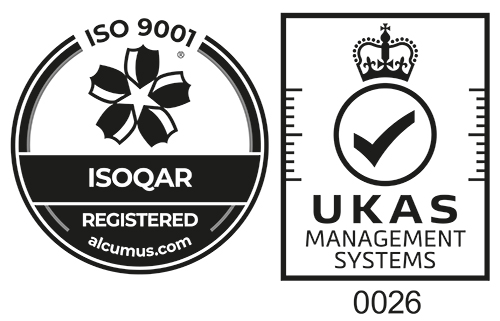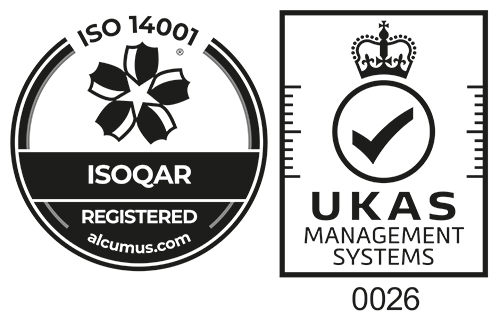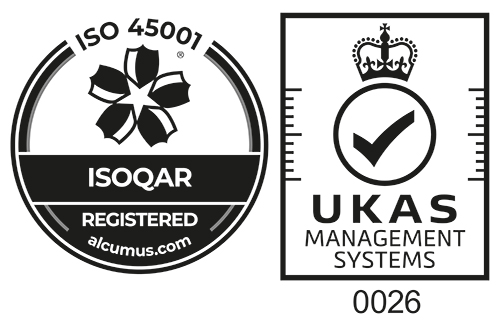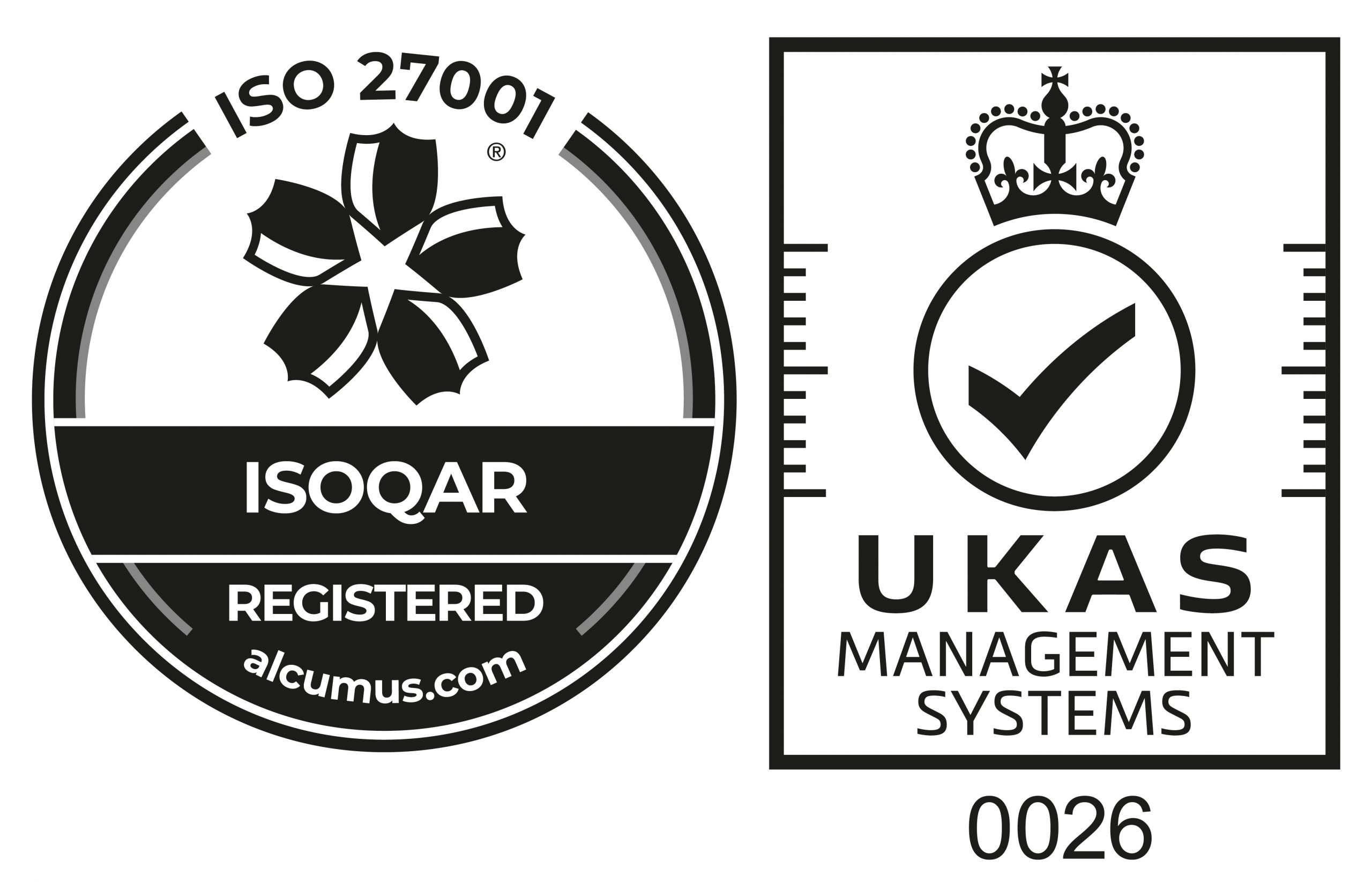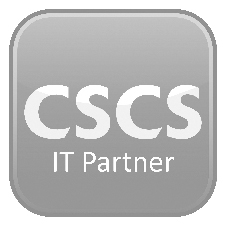Alcohol and drugs in UK construction industry have been placed under the spotlight by the Considerate Constructors Scheme after a survey has revealed that two in three (59%) people working in the industry have concerns over the effects of drugs and alcohol on the industry.
A recent survey of over 1300 people working across the industry discovered that almost two thirds (59%) or respondents have concerns over the effects of drugs and alcohol in construction, yet a similar amount (65%) have never been tested for drugs and alcohol.
The survey, which was conducted by the Considerate Constructors Scheme in May 2016 also revealed that:
- Two in five people (39%) admitted the issue of drugs or alcohol could be better tackled in their workplace
- A third (35%) have noticed their colleagues under the influence of drugs and alcohol
- One in four (25%) agreed drugs or alcohol affected them at work through tiredness
- Nearly a quarter (23%) agreed it affected them through decreased attention during work
- One in five (19%) agreed the effects made them less productive at work.
There is clearly some work to be done based on these findings. Many contractors, suppliers and clients of the industry undertake rigorous and regular measures to tackle this issue including zero tolerance to drugs and alcohol, random testing, providing information on drugs and alcohol through toolbox talks, site inductions and resources such as on-site posters.
Mosaic provides a simple solution that allows secure and safe storage of confidential medical records against worker records. Operate with the peace of mind knowing that this confidential information is ring fenced and password protected allowing only designated members of the user community access. This user friendly solution allows renewal dates in line with fit for work medical records and health surveillance tests to be highlighted.
When specific medical records are approaching renewal time, Mosaic automatically electronically alerts the relevant party, albeit the contractor or subcontractor, to action a renewal with their employee. This saves considerable amount of time chasing and cuts down on paperwork as well.
Please contact us to discuss our solutions further
Source: SHP online





